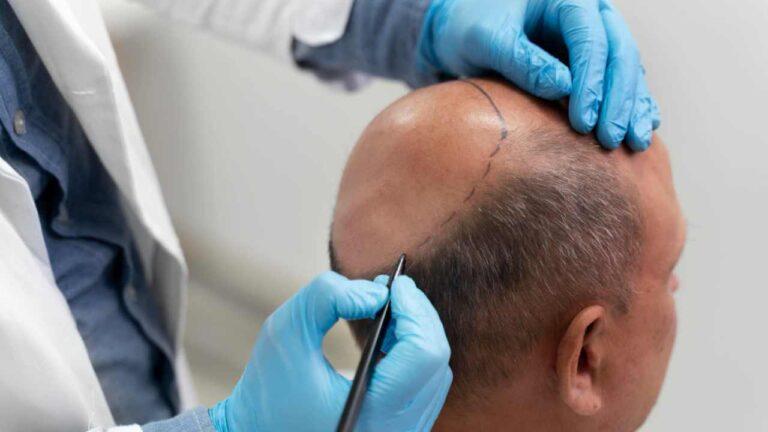
Hair transplant in Riyadh, like any surgical procedure, carries inherent risks. However, when performed by qualified and experienced surgeons in reputable clinics, it is generally considered safe. The safety of the procedure depends on several factors, including the surgeon's expertise, the clinic's facilities, and the patient's health.
Factors Contributing to Safety:
- Surgeon Expertise and Qualifications:
- Riyadh boasts numerous skilled surgeons with extensive experience in hair transplantation.
- Reputable clinics prioritize hiring board-certified surgeons with specialized training in hair restoration.
- Experienced surgeons possess the knowledge and skills to minimize complications and achieve optimal results.
- Clinic Standards and Facilities:
- Modern clinics in Riyadh adhere to strict hygiene and safety protocols.
- They utilize state-of-the-art equipment and technology to ensure precision and minimize risks.
- Clinics must adhere to the regulations set by the Saudi Ministry of Health.
- Pre-Operative Evaluation:
- A thorough pre-operative evaluation is crucial to assess the patient's suitability for the procedure.
- This evaluation includes a review of the patient's medical history, physical examination, and assessment of hair loss pattern.
- Identifying potential risk factors and addressing them before surgery enhances safety.
- Local Anesthesia:
- Hair transplant procedures are typically performed under local anesthesia, which is generally considered safe.
- Local anesthesia minimizes discomfort and allows the patient to remain conscious throughout the procedure.
- Minimally Invasive Techniques:
- Advanced techniques like FUE and DHI are minimally invasive, reducing trauma to the scalp and minimizing risks.
- These techniques involve small incisions, resulting in less bleeding, scarring, and discomfort.
- Post-Operative Care:
- Proper post-operative care is essential for minimizing complications and promoting healing.
- Reputable clinics provide detailed post-operative instructions and follow-up appointments to monitor progress.
- Following the instructions of the medical team is very important.
Potential Risks and Complications:
While hair transplant surgery is generally safe, potential risks and complications include:
- Infection: Although rare, infections can occur at the donor or recipient sites.
- Bleeding: Some bleeding may occur during or after the procedure, but it is typically minimal.
- Scarring: FUT leaves a linear scar, while FUE leaves tiny, circular scars.
- Swelling and Bruising: These are common side effects that usually subside within a few days.
- Shock Loss: Temporary hair shedding can occur in the transplanted and surrounding areas.
- Folliculitis: Inflammation of the hair follicles can occur, but it is usually treatable.
- Unnatural Appearance: Poorly executed transplants can result in an unnatural hairline or hair distribution.
- Numbness or tingling: Temporary or, rarely, permanent numbness can occur.
Minimizing Risks:
To minimize risks, it is crucial to:
- Choose a reputable clinic and experienced surgeon.
- Undergo a thorough pre-operative evaluation.
- Follow post-operative care instructions carefully.
- Communicate any concerns to the surgeon.
Conclusion:
Hair transplant surgery in Riyadh is generally safe when performed by qualified professionals in reputable clinics. By taking the necessary precautions and choosing a reputable provider, patients can significantly minimize risks and achieve successful, natural-looking results.

